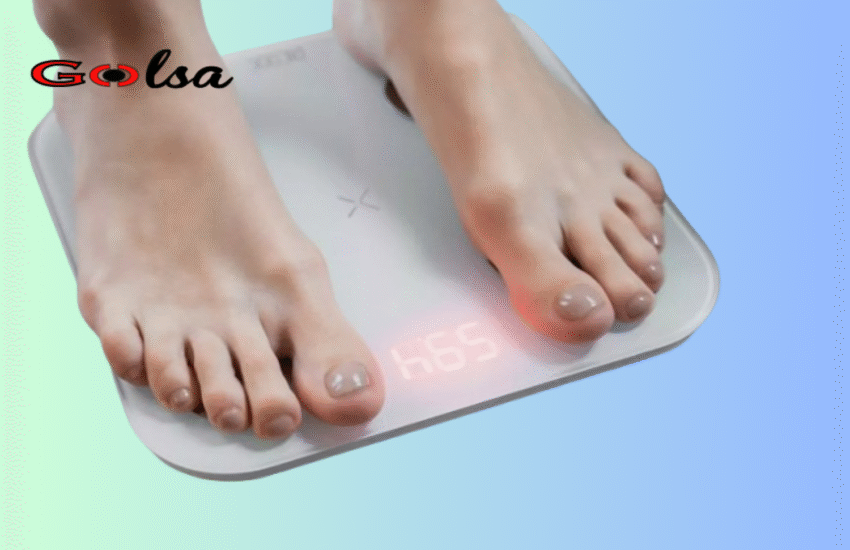If you see this on your nails, see a doctor immediately!
Fungal infection. In some cases, psoriasis or an autoimmune disease may contribute to nail separation.
Summary: Diseases revealed by nail cases
Our nails can provide valuable information about our health, and paying attention to changes in their appearance can lead to early detection of underlying problems. Here is a summary of the possible health conditions indicated by certain nail conditions:
Hollow nails:
Possible causes: aging or iron deficiency anemia.
Warning signs: persistent cavities, fatigue, dizziness, pale skin, and headache.
When to consult a doctor: If the nails do not return to their normal shape or if other symptoms persist.
Brown and black lines:
Possible causes: pigment activation, excessive manicure, taking certain medications, or possible skin cancer.
Warning signs: appearance on the thumb and index finger, and pigmentation of the skin around the nail.
When to consult a doctor: If the pigmentation extends to the surrounding skin or if you are concerned about skin cancer.
Drilled nails:
Possible causes: An indication of psoriasis, an autoimmune disease.
Warning signs: pits, red dots in the crescent area, brown areas before the nail separates.
When should you consult a doctor: Visit immediately if symptoms of psoriasis appear on the nails.
Round nails:
Possible causes: genetic factors or indications for respiratory diseases, chronic lung infections, or heart problems.
Warning signs: Excessive bending, spongy feel when pressed.
When to consult a doctor: If you have curly nails, request a heart and lung examination.
Expanded Crescent (Terry Niles):
Possible causes: liver disease, congestive heart failure, or diabetes.
Warning signs: The crescent fills more than half of the nail.
When to consult a doctor: If you are concerned about underlying diseases.
Beau lines (vital lines):
Possible causes: severe stress and tension.
Warning signs: deep horizontal furrows, problems with hair growth or hair loss.
When should you consult a doctor: If the grooves persist after the stress has ended.
Yellow nails:
Possible causes: nail polish, fungal infection, psoriasis, or yellow nail syndrome.
Warning signs: persistent yellowing, possible respiratory or lymphatic disease.
When to consult a doctor: If yellowing persists or if you are concerned about underlying conditions.
Nail separation:
Possible causes: aggressive cleaning, certain medications, exposure to ultraviolet rays.
Warning signs: persistent detachment, possible gland overactivity or fungal infection.
When to consult a doctor: If separation persists or if there is concern about autoimmune disease.
Regular monitoring of your nails and prompt consultation with a healthcare professional can contribute to early detection and management of potential health problems.



